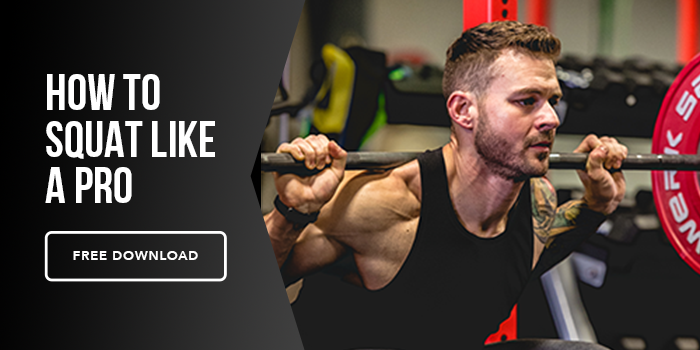Beginners have an advantage. I know that there is a lot of trepidation when it comes to lifting weights for the first time, but trust me, you’ll be okay!
Sometimes the hardest part is just getting started. It can feel overwhelming not knowing where to begin and having limited knowledge of training equipment and programming. This article will go over the best strategies for someone new to lifting weights, and the key exercises to focus on.
And that advantage? You’ll soon find out.
Define Your Why
Whether you are a runner who wants to prevent injuries, or you’re tired of endless hours on the treadmill, identify your reason for wanting to start lifting weights. Make sure it is specific, and that it is important to you. If you want to start weightlifting because Suzie in the office said you should, then there is a good chance you won’t be personally invested in making resistance training a part of your new routine. Once your “Why” is established, commit to the process and have FUN with it. I promise it is.
Do Not Overdo It
You’ll be happy to know that you don’t need to be in the gym every day to get the hang of resistance training. All you need is about an hour a day, two days a week. Plus, studies show that metabolic adaptations to resistance training comes much faster to novice lifters than those who have actively resistance-trained for long periods of time (this is the advantage I was referring to).
When you’re motivated to start, it’s hard to not go all-in, but there are reasons why you shouldn’t. Doing too much right away can increase your risk of injury or cause Delayed Onset Muscle Soreness (DOMS), which is when your muscles become significantly tight and sore after a workout. Symptoms can last for a few days, and can affect daily activities. Anyone who has gone too hard on leg day will understand the sheer pain of climbing stairs or getting up and down from a desk chair. A lot of people praise themselves for getting to this level of soreness, but it can actually delay progress. Over-working your muscles to the point that you can barely move is not conducive for an effective workout protocol, and is not required for muscle growth.
Stick With Total Body Workouts
As a beginner, it is important to build a solid base before progressing to more intense, compound movements. With total body workouts, you’re not neglecting muscle groups, which means you’ll be less likely to develop muscle imbalances. By disproportionately training one muscle group over another, you run a greater risk of muscle tightness, injury, and a decrease in mobility.
If you are a novice, start with training one set of exercises at a time, as opposed to super setting between 2 or more different exercises. You’ll want to gradually build intensity by focusing on a single movement during each set, ensuring you are comfortable with the form and mechanics. You’ll become more efficient with your lifts when you have proper form. Not only does it help prevent injury, but your muscles will respond better as well.
As you get the hang of it, you can start to pair exercises in a set together, increase the resistance, and/or add more complex movements.
Remember the Overload Principle
In order to gain strength, muscle size, or muscle endurance, you must exercise against a resistance greater than that “normally” encountered. For seniors, performing rows with 5 pound dumbbells is plenty, but for a male, former athlete, 5 pound rows aren’t doing anything for you.
Your body is wonderfully adaptable to stress, and yes, stress, when applied appropriately, is a good thing. Overload training enlarges individual muscle fibers, with subsequent muscle growth; this means your percentage of lean muscle mass increases.
This Overload Principle can be a bit worrisome for women who are new to resistance training; a lot of fears with lifting at a heavier resistance include the possibility of getting hurt or getting bulky. As long as proper form is applied, and an increase in resistance is small and gradual, the likelihood of injury is pretty minimal. And no, you will NOT get bulky from lifting weights. This article can go over more of that in detail.
Example Workouts
Remember, your workouts do not need to be fancy. Ignore the social media fitness “gurus,” and implement tried and true exercises that will ensure steady progress and a sound foundation.
The weight intensity shouldn’t be too severe, but the last few reps should be challenging while still able to maintain proper form.
- Workout 1
Sets: 3-4
Rep Range: 12-15
-Dumbbell Squats
-Dumbbell Bench Press
-Barbell Rows
-Body Weight Lunges
-Push-ups
-Lateral Dumbbell Raises
-Planks
- Workout 2
Sets: 3-4
Rep Range: 12-15
-Barbell Squats
-Barbell Chest Press
-Dumbbell Rows
-Barbell Deadlifts
-Barbell Overhead Press
-Dumbbell Curls
-Planks






